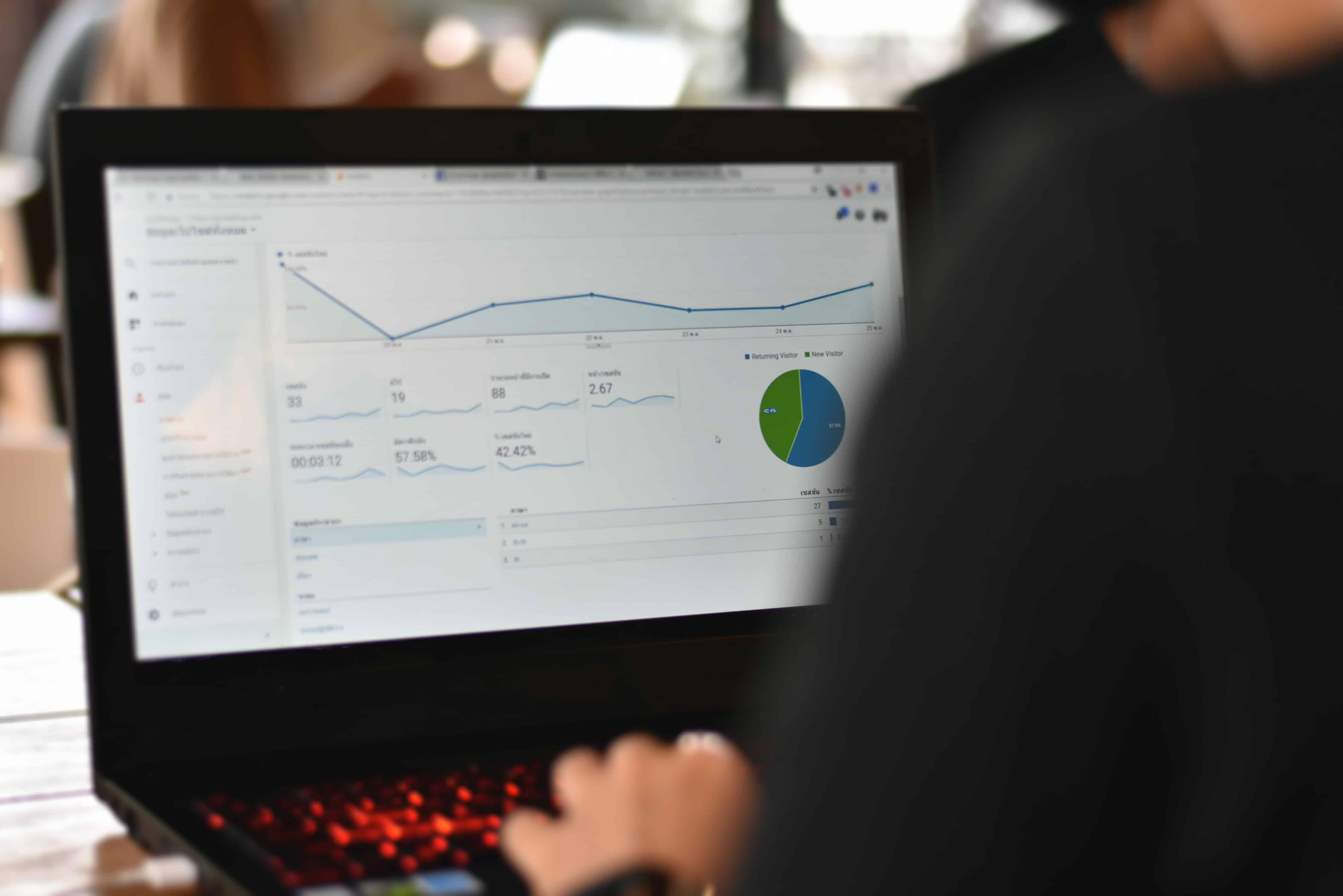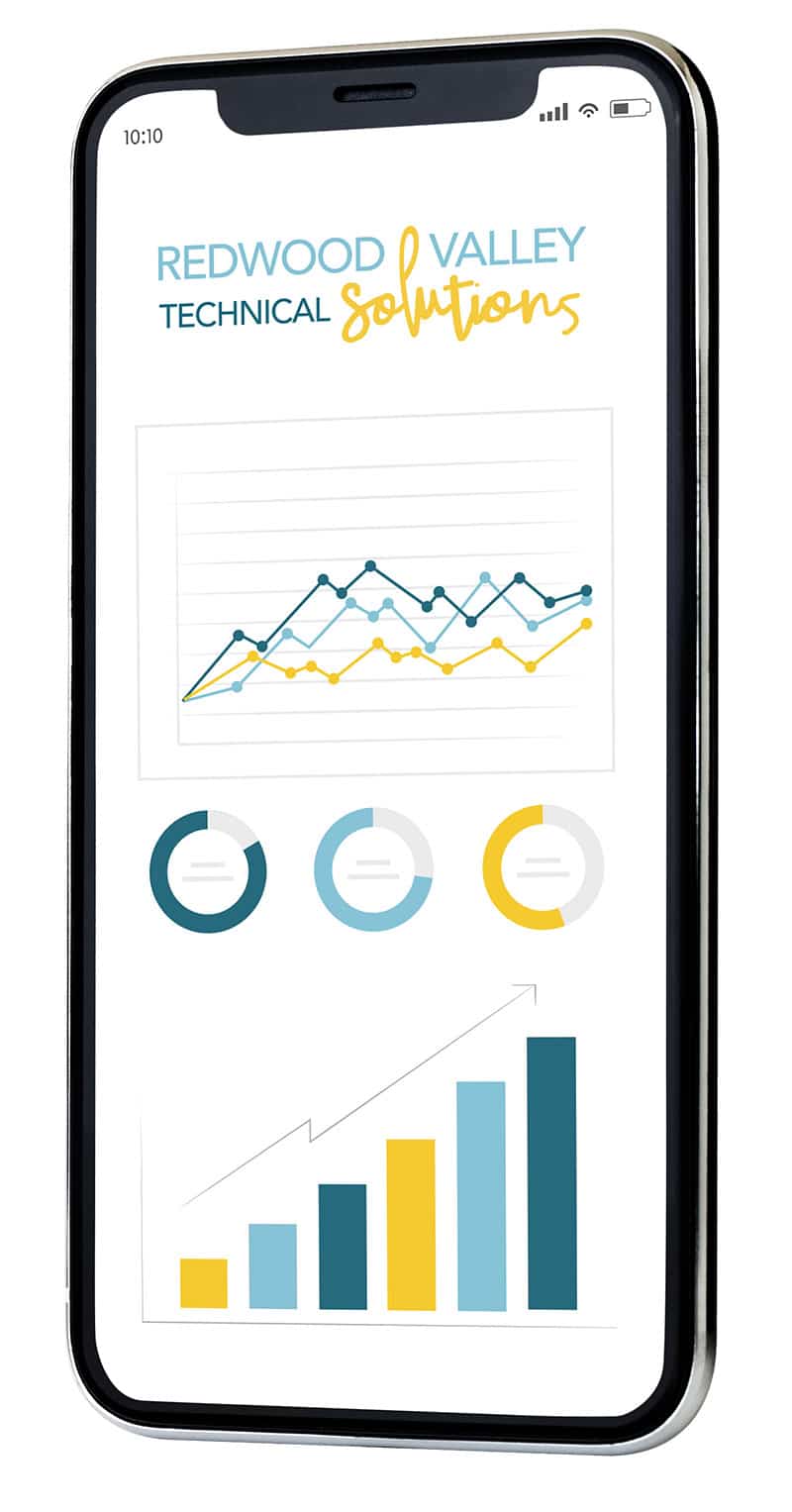Understanding who visits your website and what they do once they arrive is no longer a guessing game. For small businesses, this information is pure gold. It helps you see what’s working, what isn’t, and where your best opportunities lie. Google Analytics 4 (GA4) is a powerful, free tool that uses artificial intelligence (AI) to give you these exact insights, transforming digital marketing strategies by enabling smarter targeting and improved campaign performance. It helps you make smarter decisions to attract more visitors and increase bookings.
We understand that diving into data can feel overwhelming, especially when you’re already busy running your business. That’s why we’ve created this straightforward guide. We’ll walk you through how to use GA4’s AI-driven features, including AI analysis, to understand your website traffic, predict visitor behavior, and ultimately, grow your online presence. Leveraging these tools can provide your business with a competitive advantage in your industry industry.
Here’s what you’ll learn:
- How to set up GA4 for success.
- Ways to use AI to find hidden trends in your data.
- How to identify your most valuable visitors.
- Steps to optimize your website for more bookings.

What is Google Analytics 4 and How Can It Help?
Google Analytics 4 is the latest version of Google’s web analytics service. GA4 replaces Universal Analytics and offers enhanced AI-driven insights, predictive metrics, and advanced anomaly detection, taking analytics capabilities beyond what was available in Universal Analytics. Unlike its predecessor, GA4 is built around events—the specific actions users take on your site, like clicking a button, watching a video, or filling out a form. This event-based model, combined with powerful AI, provides a much deeper understanding of the entire visitor journey.
For a small business, this means you can see exactly how potential customers find you, what pages they look at, and what ultimately leads them to buy from you. GA4’s AI, known as machine learning, works in the background to spot important trends and even predict future actions, giving you a competitive edge.

Understanding Key Traffic Parameters
To empower your business growth through Google Analytics when analyzing AI-driven traffic, understanding the key traffic parameters becomes your digital compass for seeing exactly where your website visitors originate. The main parameters—source, medium, and campaign—serve as your tailored roadmap to pinpoint how traffic flows to your site and how users discover your business. For example, your "source" might be a specific AI search engine like Perplexity, ChatGPT, or Gemini, while your "medium" could be labeled as "ai_search" or another custom value that works specifically for your unique goals.
By mapping these parameters to the right AI search engines, you can accurately track and analyze your AI-driven traffic success. Using UTM tags and referrer data becomes your strategic advantage to distinguish between traffic from traditional search engines and the newer AI platforms that are driving growth. Google Analytics serves as your digital partner in this process, allowing you to set up a custom channel that groups all AI traffic together for clearer, results-driven reporting. This empowering approach lets you quickly see how much of your website traffic stems from AI search, compare it to other channels, and make informed decisions about where to focus your marketing efforts for maximum impact and growth.
A Step-by-Step Guide to Using GA4 and AI
Let’s break down how you can put GA4 to work for your business, helping you master data analysis for better decision-making.
Before you can analyze data, you need to collect it properly.
- Create a GA4 Property: If you haven’t already, log into your Google Analytics account and create a new GA4 property for your website. The setup wizard is user-friendly and will guide you through the process of adding the necessary tracking code to your site. Make sure you collect data from all relevant sources, including search engines, social media, and email campaigns, for comprehensive analytics.
- Enable Enhanced Measurement: During setup, make sure “Enhanced Measurement” is turned on. This feature automatically tracks key interactions like page views, scrolls, outbound link clicks, and file downloads without any extra coding.
- Link Your Google Accounts: Connect GA4 to your other Google tools, especially your Google Business Profile and Google Ads account. This creates a unified view of your online performance, from how people find you on Maps to how they interact with your ads. Additionally, link your Google Search Console to gain deeper insights into search queries and website performance in search results.
You can also export your data as CSV files for further analysis or integration with other AI tools.
Once GA4 is installed, it needs time to gather information and build up historical data for meaningful analysis. It’s best to let it run for at least a few weeks to build a reliable baseline of your typical visitor behavior. During this time, it’s learning the patterns of your website traffic, which will make its AI-powered insights much more accurate.
You can use the date range selector in GA4 to compare current performance with historical data, helping you analyze trends and validate AI predictions.
This is where the magic happens. GA4’s AI helps you make sense of all the data it collects.
- Find the Insights Dashboard: In your GA4 account, navigate to the “Reports” section and look for the Insights card on the homepage. Google’s AI automatically populates this area with interesting trends, changes, or anomalies it detects, and AI insights provide a deeper understanding of user behavior. For example, it might flag a sudden spike in traffic from a specific town or an increase in bookings from social media.
- Explore Predictive Metrics: GA4 uses its AI to forecast visitor behavior. AI tools can provide insights and identify trends that might otherwise go unnoticed, helping you optimize your marketing strategy. Look for these key metrics:
- Purchase Probability: The likelihood a visitor will complete a booking or purchase within the next 7 days.
- Churn Probability: The likelihood an active visitor won’t return to your site in the next 7 days.
- These predictions help you identify your most valuable potential guests and those who might need a little nudge to come back.
Advanced tools in GA4 offer more insights and help you make smarter decisions by leveraging AI insights, providing actionable recommendations, and streamlining your data analysis process.
With these insights, you can start looking for opportunities to grow.
- Analyze Your Traffic Sources: Head to the “Acquisition” report, including the traffic acquisition report and acquisition reports, to see where your visitors are coming from and get a more detailed breakdown of traffic acquisition and where traffic is coming from. Analyze referral traffic, direct traffic, and different channels using the default channel group and secondary dimension features to better understand your audience. Use the landing page report to see which landing pages are most effective at attracting and converting visitors.
- Discover Your Most Engaging Content: The “Engagement” report shows you which pages on your website are the most popular, measuring user engagement and analyzing landing pages for performance. Are visitors spending time on your photo gallery, your “Things to Do” page, or a specific room’s description? This helps you understand what content resonates with your audience so you can create more of it.
- Find Where Visitors Drop Off: The “Funnel exploration” report is a powerful tool for visualizing the path visitors take on your site. You can map the customer journey, track new users, and use data points to see how many visitors drop off at each stage of the booking process, from viewing a room to completing the payment. This will show you exactly where people abandon the process, highlighting opportunities to simplify steps or clarify information.
By reviewing search results and organic traffic data, you can understand where your traffic originates and how your site performs in search rankings. Analyzing more data in your reports can reveal total revenue and how much revenue is generated from different channels, helping you optimize your marketing strategies and website performance.
Data is only useful if you act on it. Here’s how to turn your GA4 insights into more bookings.
- Focus on High-Value Visitors: Use the predictive metrics to create custom audiences. For example, you can build a group of "likely bookers" and target them with a special offer through Google Ads. You can also create an audience of users "likely to churn" and re-engage them with an email reminding them about your unique local charm.
- Improve the Visitor Journey: If your data shows a high drop-off rate on your booking page, take a closer look. Is the form too long? Is the "Book Now" button hard to find? Small changes, like simplifying the form or making the call-to-action more prominent, can have a big impact on your conversion rates.
- Enhance Your Popular Content: If visitors love your blog post about local hiking trails, expand on it. Add a downloadable map, create a short video tour, or partner with a local guide to offer a special package. Use what's already working to create an even more compelling experience.
Creating a Custom Channel Group
Creating a custom channel group in Google Analytics empowers your business to track and analyze AI-driven traffic alongside your other marketing efforts with precision and purpose. By developing a tailored channel group that captures traffic from AI search engines like Perplexity, ChatGPT, and Gemini, you're building a custom solution that assigns these valuable sources to their own dedicated channel. This strategic approach simplifies your analytics, streamlines your insights, and succeeds in giving you the power to compare AI-driven performance against organic search, paid campaigns, social media, and your other growth channels.

Your journey to comprehensive traffic analysis begins in the Admin section of Google Analytics, where you'll select Channel Groups and create your New Channel Group with confidence. Here, you can establish specific conditions that capture traffic from AI search engines and assign them to your custom channel with precision. Once your tailored solution is in place, this new channel group becomes your digital partner for understanding website performance, revealing how AI search measures against your other channels and empowering you to identify which marketing strategies are driving the most meaningful traffic and engagement for your unique business goals.
Building a Custom Report
Custom reports in Google Analytics serve as your digital partner for growth, empowering you to dive deeper into ai driven traffic and uncover the actionable insights that drive real results.
Step 1: To build these powerful, tailored reports, navigate to the Reports section with confidence, click on New Report, and thoughtfully choose the metrics and dimensions that align with your unique business goals and growth objectives.
Step 2: Consider including results-driven metrics like sessions, engagement rate, and conversion rate, paired with strategic dimensions such as source, medium, and landing page—creating custom strategies, not templates, that truly serve your business needs.
Step 3: With your personalized custom report in hand, you'll create opportunities to analyze how ai driven traffic performs compared to other channels, empowering you to spot emerging trends and identify which AI platforms are sending your most engaged, valuable visitors.

Google Analytics' explorations feature becomes your trusted ally, allowing you to build more detailed, sophisticated custom reports that simplify complex data while helping you streamline your analysis—breaking down information by channel group, landing page, or even specific search queries that matter most to your success.
By regularly reviewing these empowering reports with a professional yet approachable mindset, you'll gain the clear, results-driven insights needed to refine your marketing strategies, optimize your digital presence, and make data driven decisions that boost your results and help your business thrive in today's competitive landscape.
Best Practices for Traffic Analysis
To truly unlock the transformative potential of Google Analytics and AI as your digital partners in website traffic analysis, it's essential to embrace proven practices that empower your success. Begin by ensuring your Google Analytics foundation is rock-solid—this means implementing tracking codes with precision, establishing meaningful goals, and guaranteeing that every piece of valuable data finds its way into your analytics ecosystem. Leverage essential parameters like source, medium, and campaign to paint a crystal-clear picture of your traffic origins, creating opportunities for deeper understanding and strategic growth.
Consistently examine traffic patterns and emerging trends over time, positioning AI-driven traffic alongside other channels to reveal how each performs in your unique digital landscape. Harness the predictive capabilities and analytics intelligence that Google Analytics 4 offers—including predictive metrics and machine learning-powered insights—to forecast future traffic flows and decode user behavior with expertise that drives results. Integrating natural language processing tools becomes your gateway to profound insights, revealing exactly how visitors connect and engage with your digital presence.
By embracing these empowering practices, you'll cultivate a comprehensive mastery of your website traffic, uncover golden opportunities for enhancement, and make intelligent, data-driven decisions that elevate your marketing strategies and fuel sustainable business growth. This approach combines analytical expertise with practical empathy, ensuring every insight translates into real-world success for your unique goals.
Start Small, Grow Smart
Navigating the world of data analytics can feel like a big undertaking, but with Google Analytics 4, you have an intelligent guide right at your fingertips. The key is to start with a few simple questions: Where are my visitors coming from? What are they interested in? Where can I make their experience better?
By following these steps, you can begin to answer those questions and make confident, data-driven decisions. You’ll be able to optimize your website, refine your marketing, and create a seamless online experience that turns curious visitors into happy, paying guests. Your rural escape is unique—now you can use the power of AI to make sure the right people find it.



